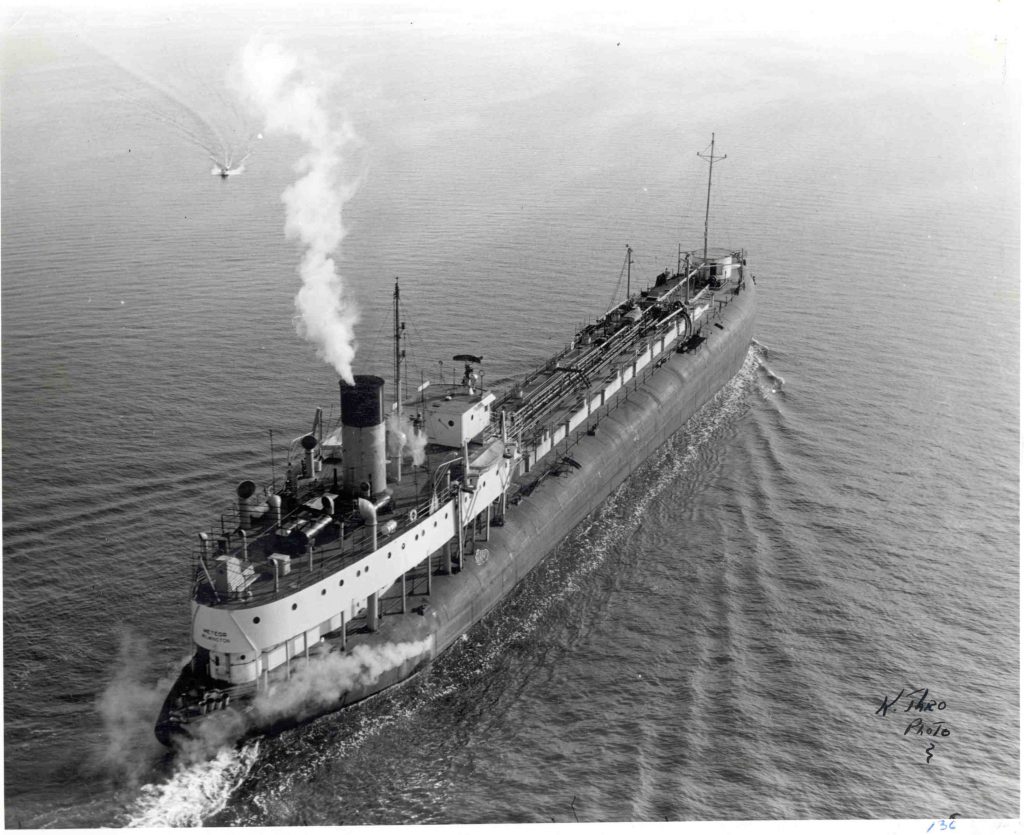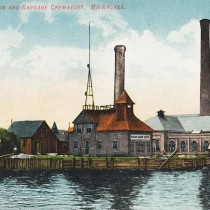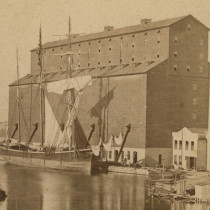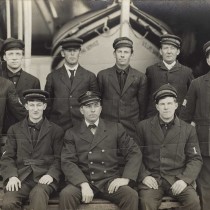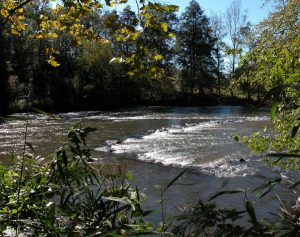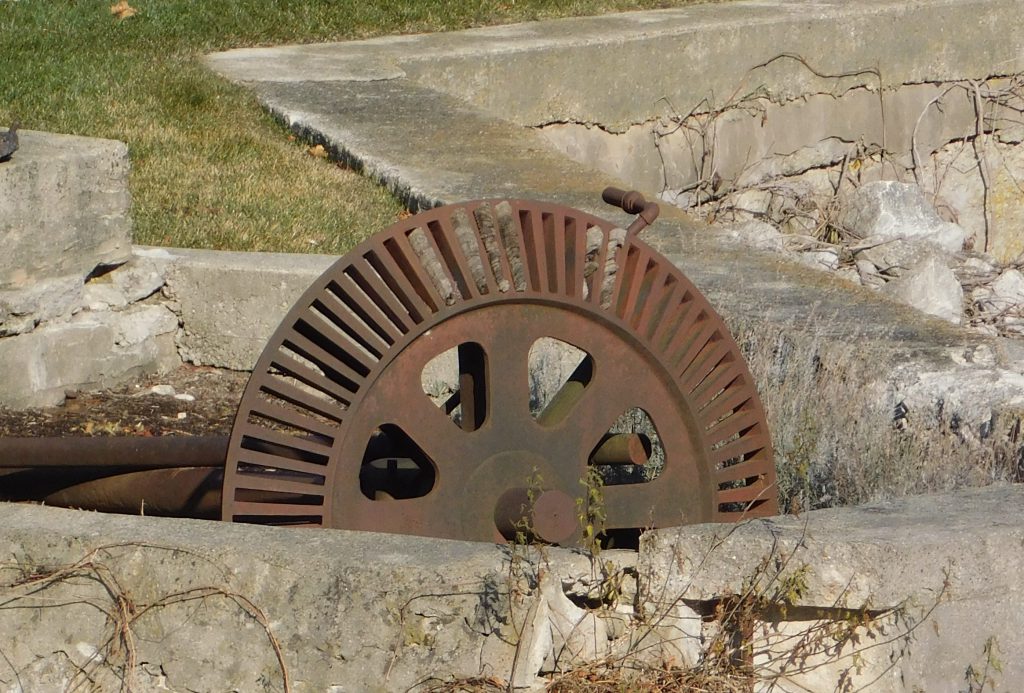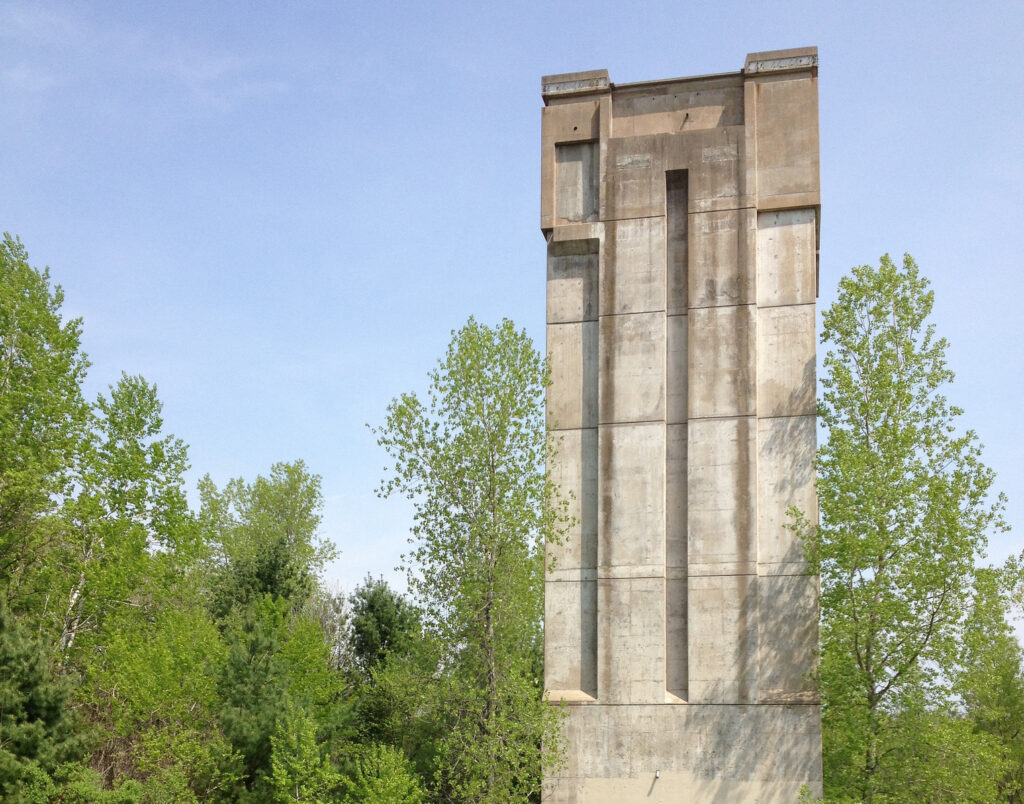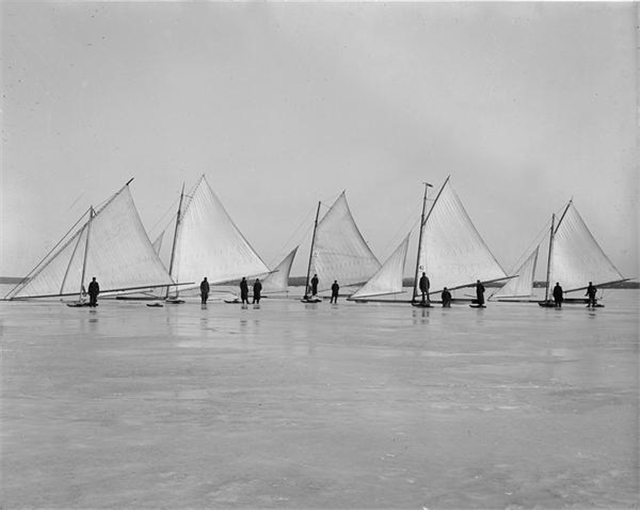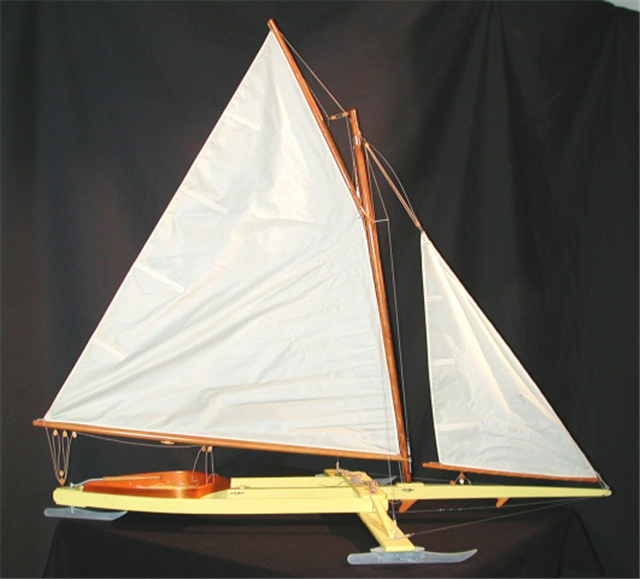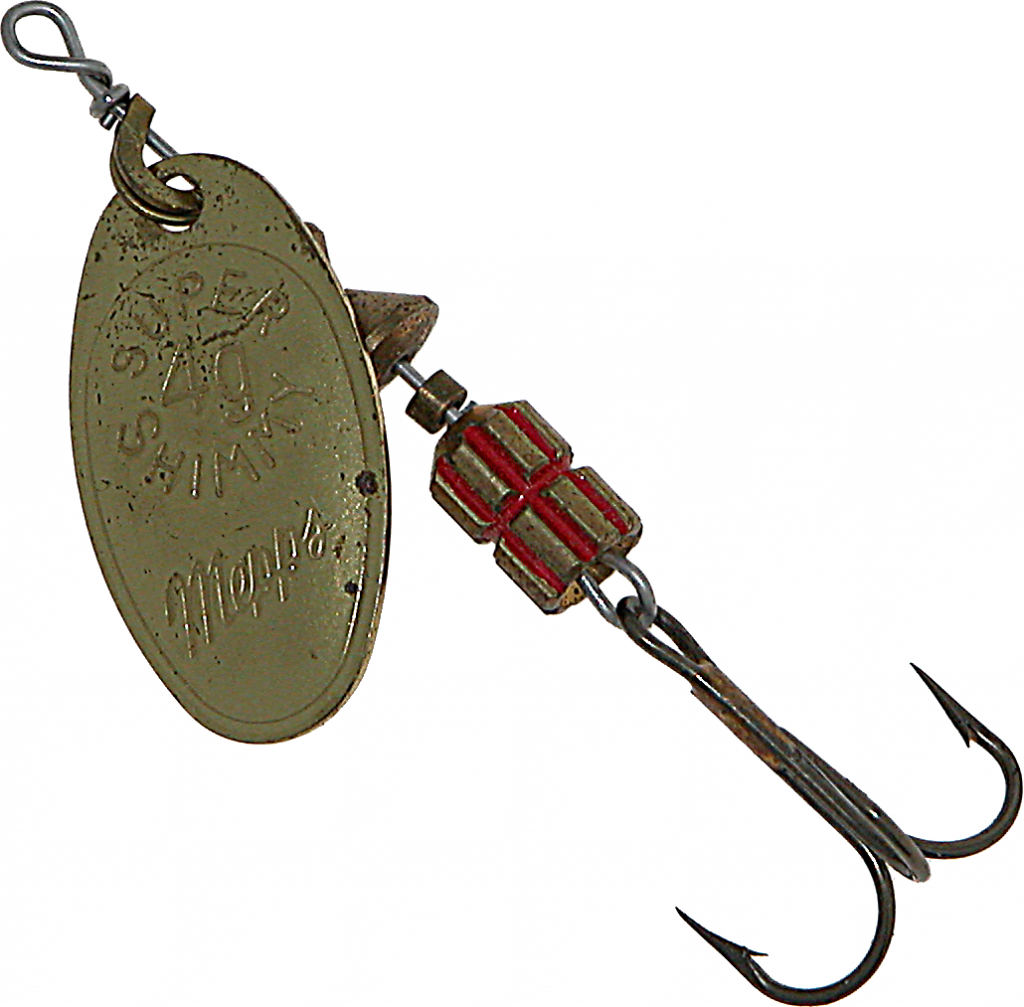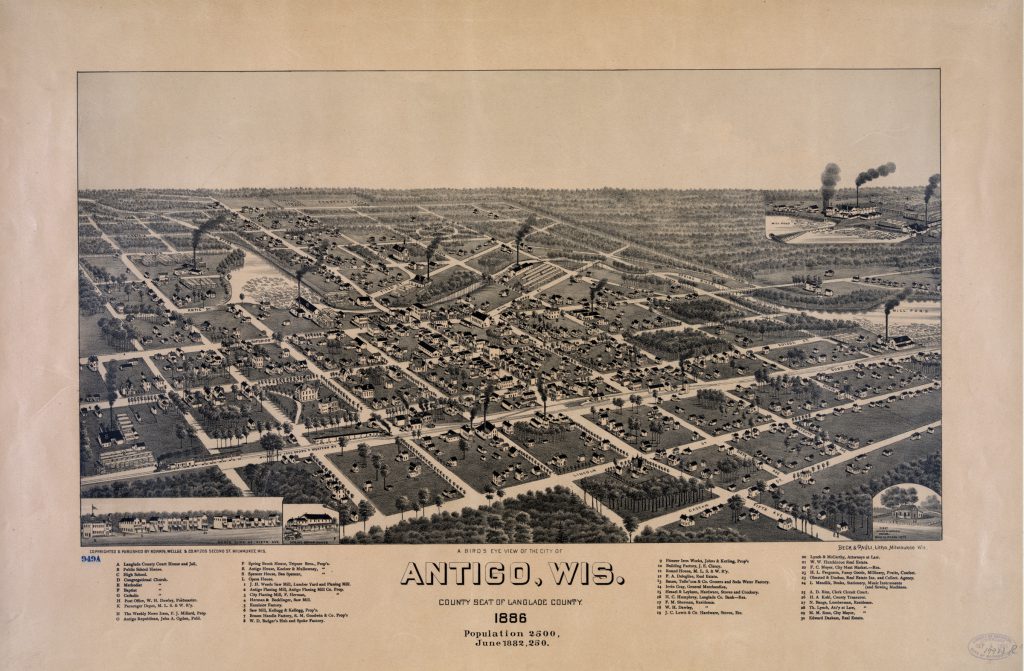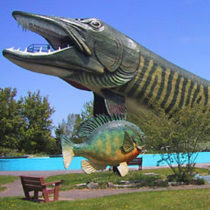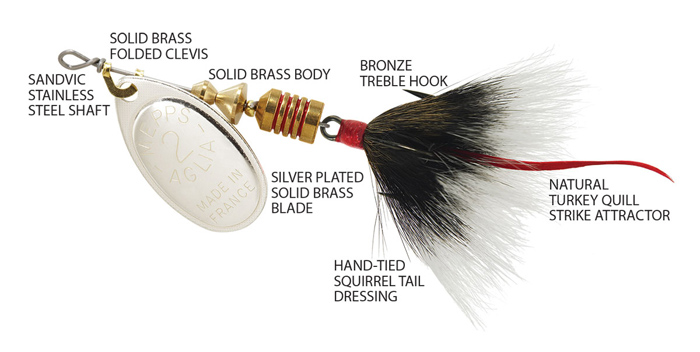SHIPPING, DISASTERS, AND HEROES
Great Lakes Shipping and the SS Meteor
The SS Meteor sailed the lakes longer than most ships of its day, and in its many reincarnations the ship offers a portrait of how some of the industries on the Great Lakes changed– and what those changes meant for Wisconsin.
OBJECT HISTORY: Lifesaving Medal
This lifesaving medal reminds us of the risks that sailors and Wisconsin’s maritime communities have routinely faced since the early 19th century
Early Lifesaving Stations in Wisconsin
As maritime commerce grew in the early 19th century, the loss of vessels and crews to shipwreck increased. In 1848, the federal government, through the United States Revenue Marine, established its first lifesaving station. The system reached the Great Lakes by 1854.
Bound for Buffalo with a full cargo of wheat, the Tanner left Chicago on the afternoon of September 9, 1875. Off of Milwaukee, it was struck by a powerful squall, which stripped away most of the ship’s sails and left it unable to maneuver.
On September 10, 1875, six rescue boat volunteers were dispatched to aid the crew of the Tanner, a cargo ship foundering in Milwaukee Harbor after being struck by a powerful storm. These men were not professional lifesavers, but a mixed group of volunteers.
Powering Industry: Water as Energy and Resource
OBJECT HISTORY: Aztalan Fishing Weir
Fishing weirs are time-saving technologies built in the water to trap fish. This fishing weir was created by the people who lived in the Early Mississippian settlement, Aztalan, sometime between the 10th and the 13th centuries.
OBJECT HISTORY: Paramount Records Power Wheel
Located near the heart of Grafton, WI, a rusted power wheel sits on the steep west bank of the Milwaukee River. Despite its corroded appearance, this metal device once powered an entire factory responsible for pressing popular shellac records.
OBJECT HISTORY: A Dam Tower in the Kickapoo Valley Reserve
The concrete obelisk stands near the Kickapoo River and is located a mile north of the village of La Farge. It rises nearly a hundred feet above the river valley floor. The tower was constructed more than forty years ago as part of a federal flood control project.
Drawn to Water: Pastimes and Tourism
Ice Boating in Madison: A Bernard Family Tradition
Ice boating for sport began along New York’s upper Hudson River around the Civil War and soon spread to other cold weather locations. An 1878 article in Harper’s Weekly includes an engraving of ice boating in Madison. The city quickly became a center for ice boating in North America, a distinction held for over a century.
OBJECT HISTORY: Madison-Style Ice Boat Model
This miniature ice boat was originally built in Madison, Wisconsin about 1916-1917 by a member of the Bernard family. Carl Bernard grew up in the culture of ice boating and began making models of them at a young age. Creating models helped the Bernards try new innovative building techniques and were also raced for fun.
OBJECT HISTORY: Mepps Fishing Lure
The classic Mepps fishing lure, the Aglia, was invented in France in the 1930s and patented in 1938. It was introduced to northern Wisconsin, and to the U.S., by a G.I. returning from France. The Aglia is still made in France, assembled in Antigo and packaged and distributed from Antigo throughout the U.S.
Mepps Lures: The Antigo Connection
A chance encounter of an American G.I. in France after World War II with a local fisherman led to the development of a major industry in Antigo, Wisconsin and put Antigo on the sports fishing map.
Building a Tourism Industry in Northern Wisconsin
Equipment manufacturers played a major role in developing fishing as a part of the tourism industry in northern Wisconsin. Each year nearly two million people fish in Wisconsin’s waterways. They catch about 72 million fish of various species.
Squirrel Tails Wanted? The Improved Mepps Lure
Driving through Antigo, visitors are often puzzled by a sign proclaiming “Squirrel Tails Wanted” advertised by Sheldons’ Inc., manufacturer of Mepps lures. Squirrel tail hair has unique properties ideal for lures. Its addition to the Anglia has proven to be the most successful improvement to the classic spinner invented in France in 1938.
